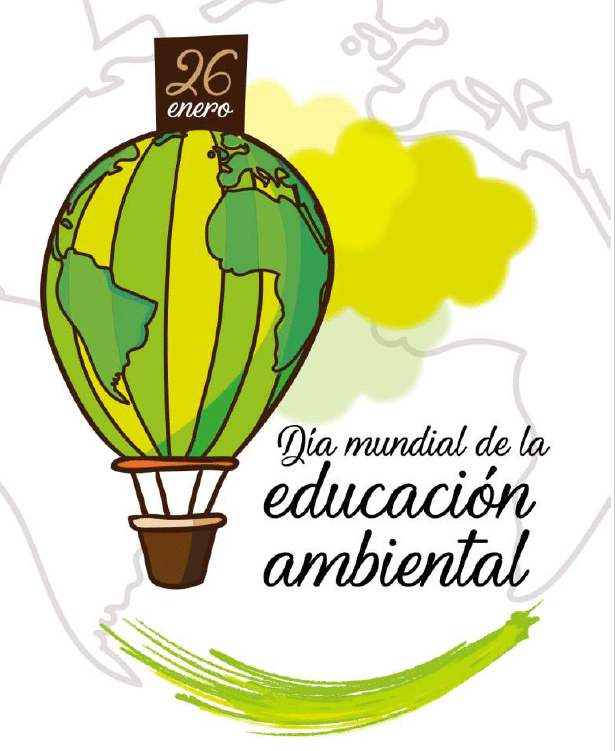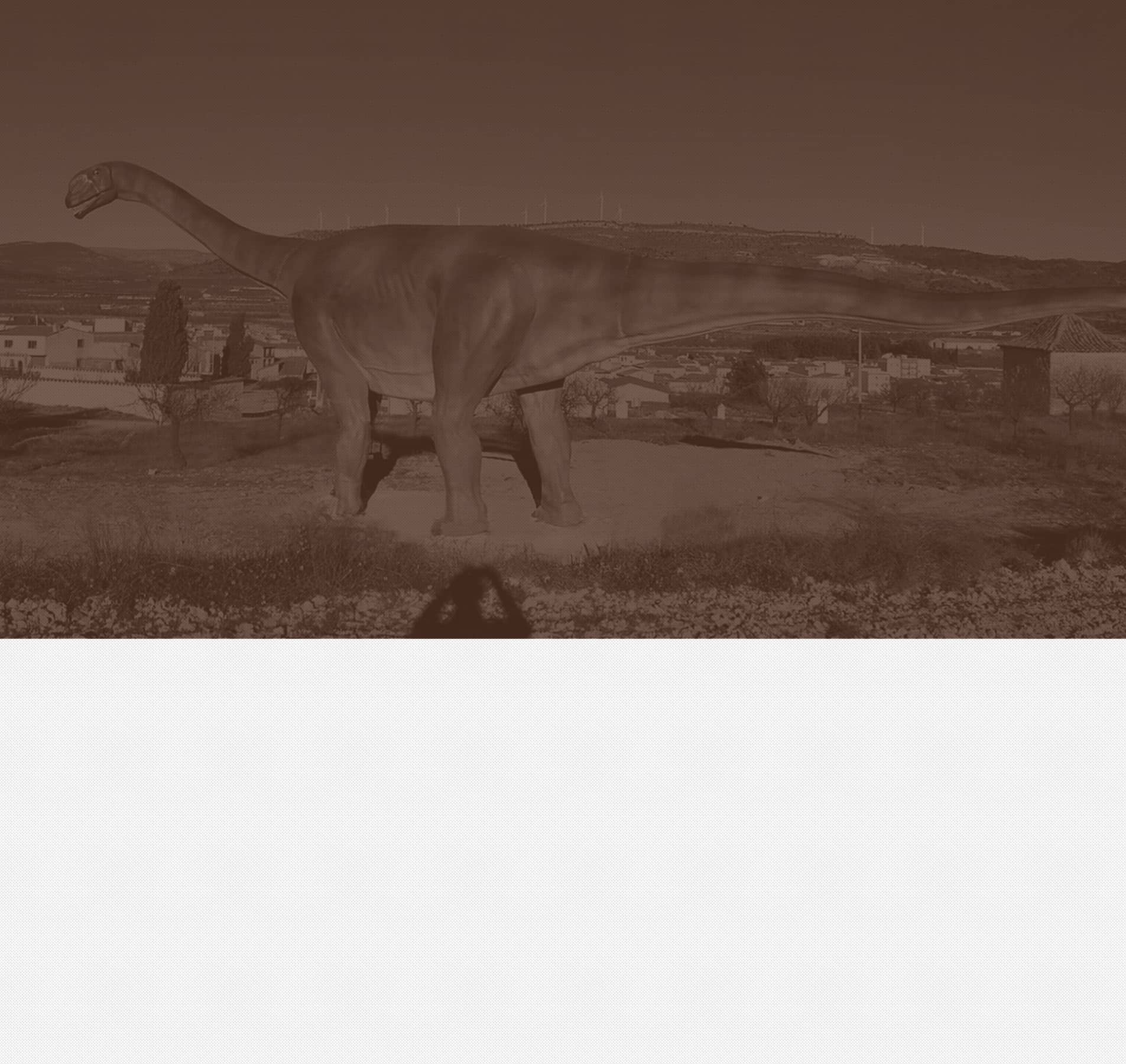
Environmental education
25/01/2024
Ana María Pujante Mora
At the International Congress on Environmental Education and Training, held in Moscow in 1987, environmental education was defined as follows:
“Environmental education is an ongoing process in which individuals and communities become aware of their environment and learn the knowledge, values, skills, experience and determination that enable them to act, individually and collectively, to solve present and future environmental problems”.
The Agenda for Sustainable Development adopted by the United Nations (2015-2030 period) states that environmental education is not only an essential part of sustainable development, but also a key instrument for achieving it.
World Environmental Education Day is celebrated on 26 January, with the intention of raising awareness of the importance of preserving and protecting the environment. The objectives of this day are:
- To raise awareness and sensitise people to environmental problems in their surroundings in order to generate alternatives and solutions.
- Emphasise the importance of the environment and the balance between man and nature.
- Generate environmental statistics for decision making.
- Encourage the involvement of governments in taking the necessary measures to solve environmental problems.

In Spain, the National Centre for Environmental Education (CENEAM) has been working since 1987 to promote environmental education. All the actions it carries out are framed within the Environmental Education Action Plan for Sustainability (PAEAS). The work programme for the year 2023 includes 55 actions that seek to respond partially or totally to 38 actions of the PAEAS, which are grouped into 6 specific objectives:
- Mainstreaming Sustainable Environmental Education (SEE) in public policies (6 actions).
- Innovation, research and improvement of EAS programmes and activities (6 actions).
- Integration of sustainability in the education and training system (16 actions).
- Professionalisation and consolidation of the EAS (11 actions).
- Specific intervention scenarios and spaces (7 actions).
- Communication, dissemination and citizen action (9 actions).
Each year, the CNEAM produces an Environmental Education Resource Guide in which information can be found on:
- Essential reading
- Resources and tools:
- Itineraries and activities in nature
- Games and group dynamics
- Educational workshops
- Manuals and guides
- Communication and participation
- Citizen science
- Historical documents
- Reflections and experiences
- Research
- Environmental education photos
- Video channels-Youtube
- Mobile applications
- Resource guides
World Environment Education Day reminds us of the importance of taking action to protect the environment, working individually and collectively to solve current problems and prevent future ones.


